Ming Dynasty (Plains)
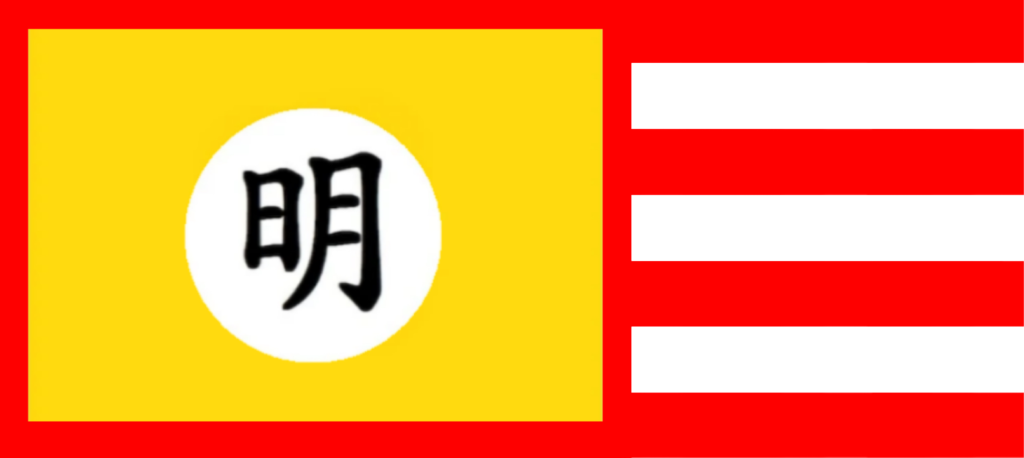
From the ashes of conquest, a phoenix rises—China reborn under native rule, brilliant and unbending. This is the Ming Dynasty, the radiant flame after the storm of the Mongols.
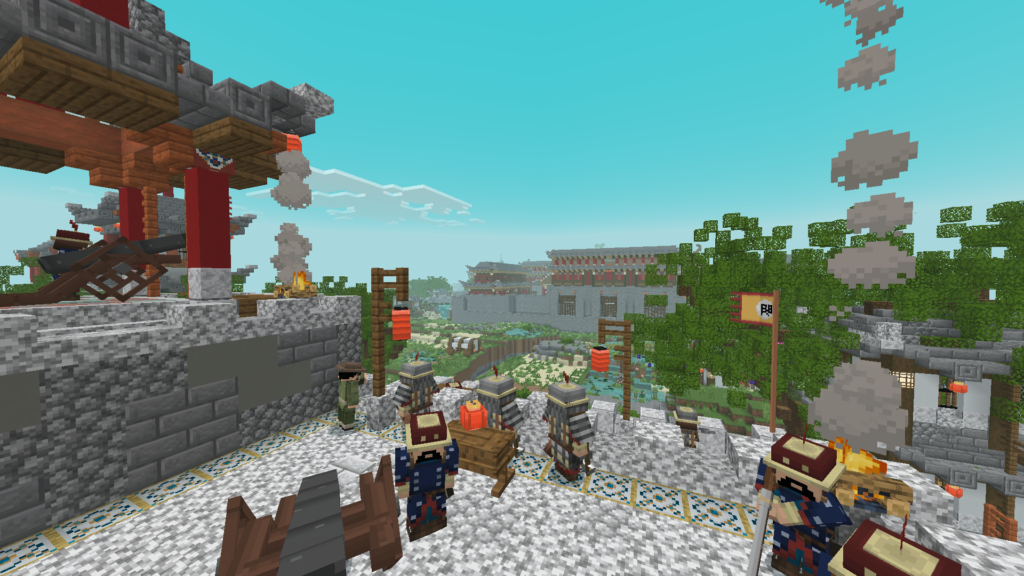
Within its walls, emperors reign from the Forbidden City, veiled in silk and ritual, while mandarins administer a realm more vast and cultured than any the world has known. The Great Wall stretches like a serpent across the north, defying the winds of chaos.
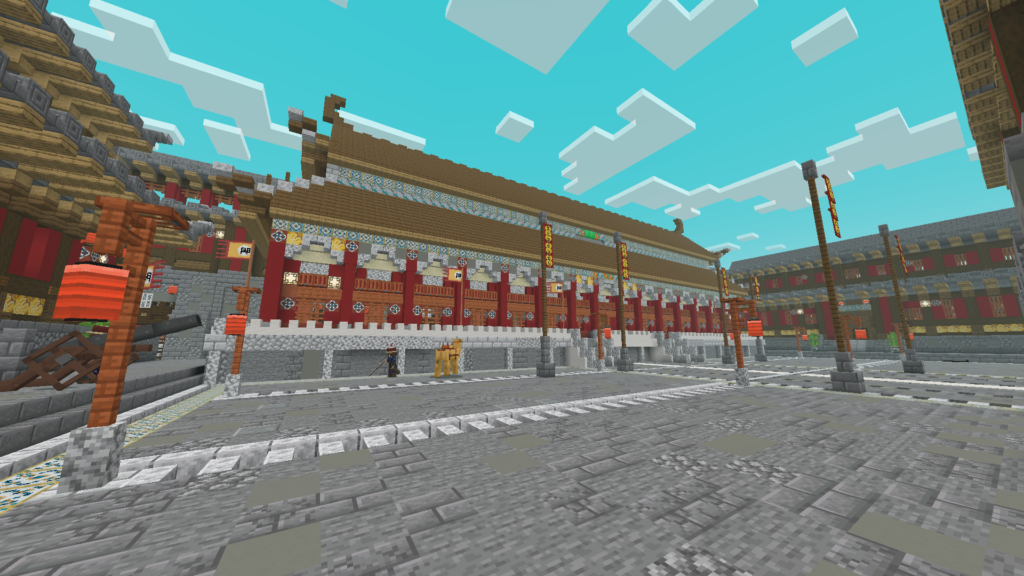
China under the Ming is a realm of majesty and order, where Confucian scholars guide policy and artisans craft porcelain so fine it graces palaces from Cairo to Lisbon.
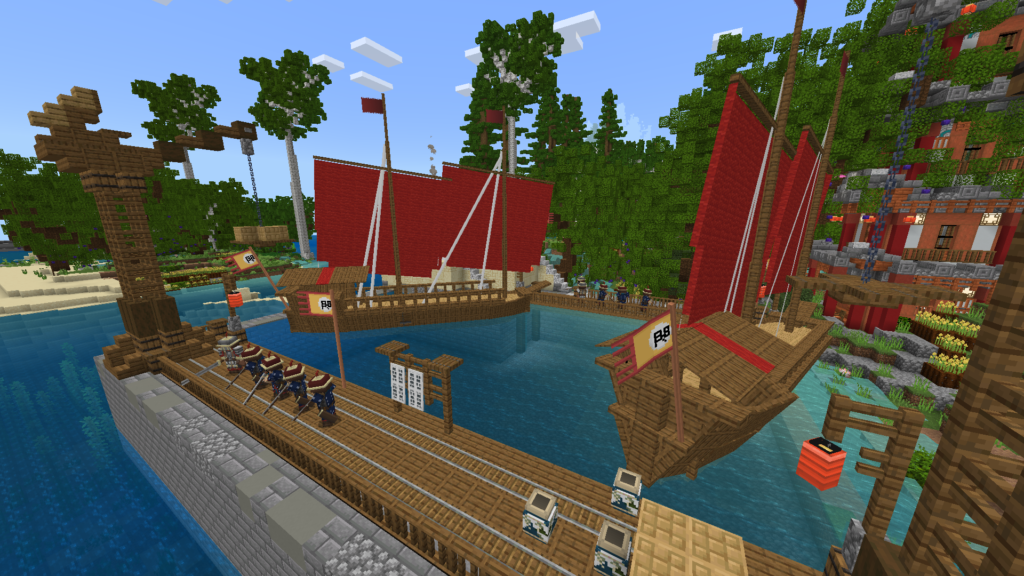
But glory must be guarded. Pirates scour the coastlines. Eunuchs whisper in the court. Foreign envoys knock at the gates, dazzled by China’s splendor—and eager to carve out a piece for themselves.
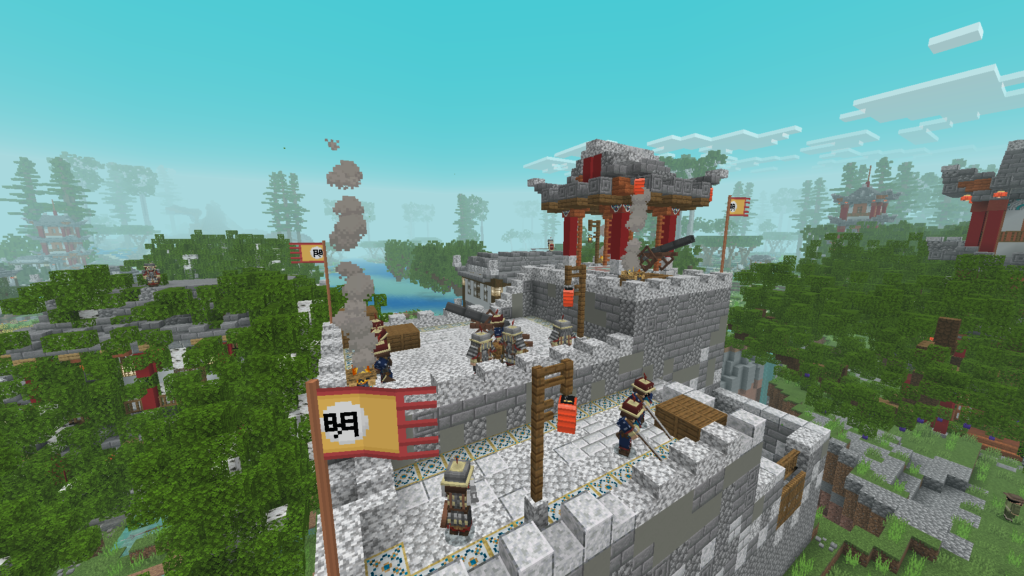
In this age of refinement and vigilance, you must balance progress with caution. To rule here is to walk a path lined with jade—and traps.
Ottoman Empire (Mesa, Roofed Forest, Desert)
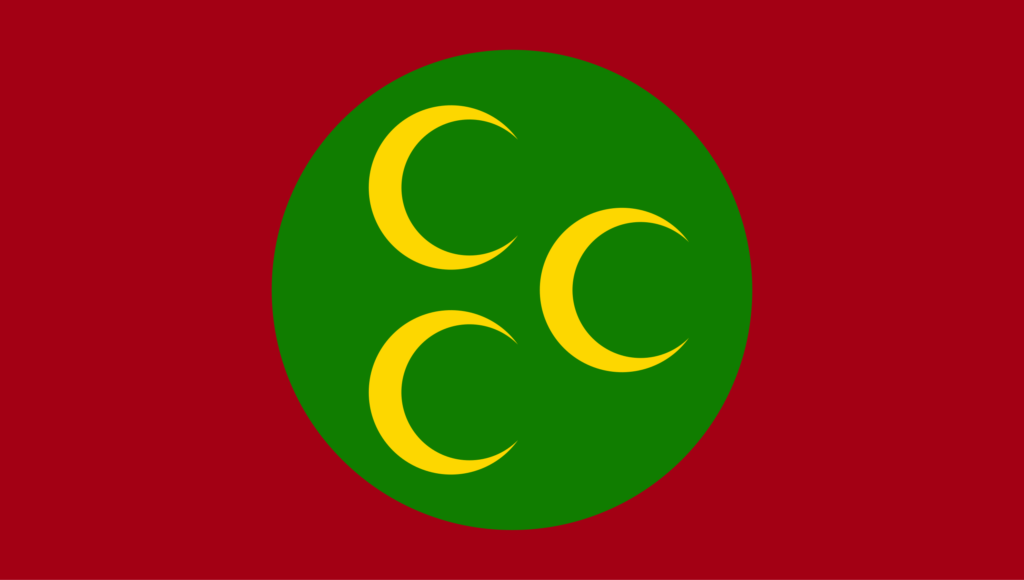
At the crossroads of continents and civilizations, a new empire rises—fierce, devout, and unyielding. Born from the shattered remnants of Byzantium, the Ottomans have forged a dominion that stretches from the gates of Vienna to the golden sands of Arabia.
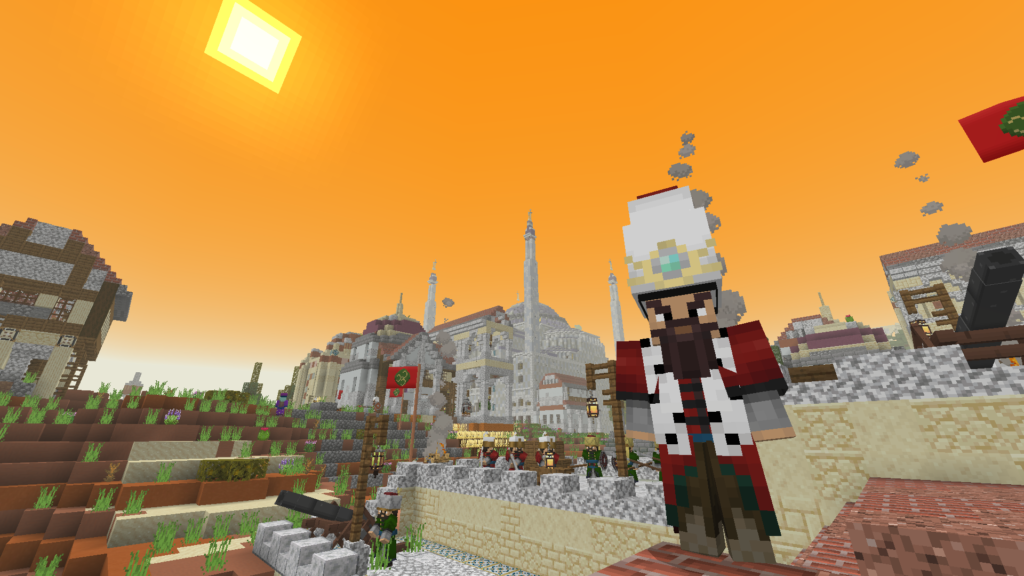
Here, crescent banners flutter over bustling markets, and the call to prayer echoes from towering minarets above marble domes. The Sultan, shadowed by his Janissaries and sharpened by centuries of ambition, rules over a world where East meets West—sometimes in harmony, often in conquest.
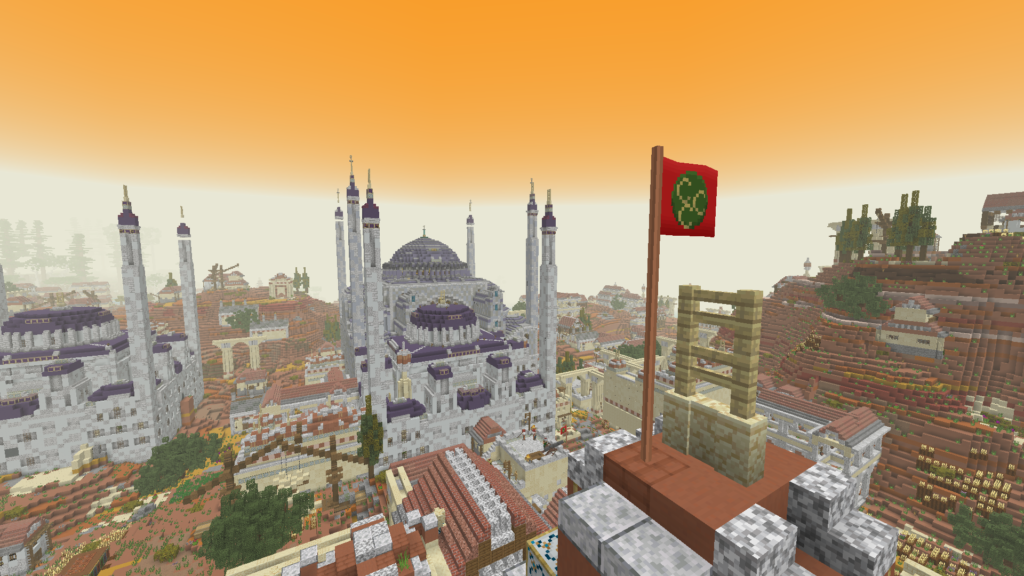
The empire pulses with life: caravans wind through Anatolian passes, scholars preserve ancient texts in illuminated script, and artisans craft blades, tiles, and silks that dazzle both court and commoner.
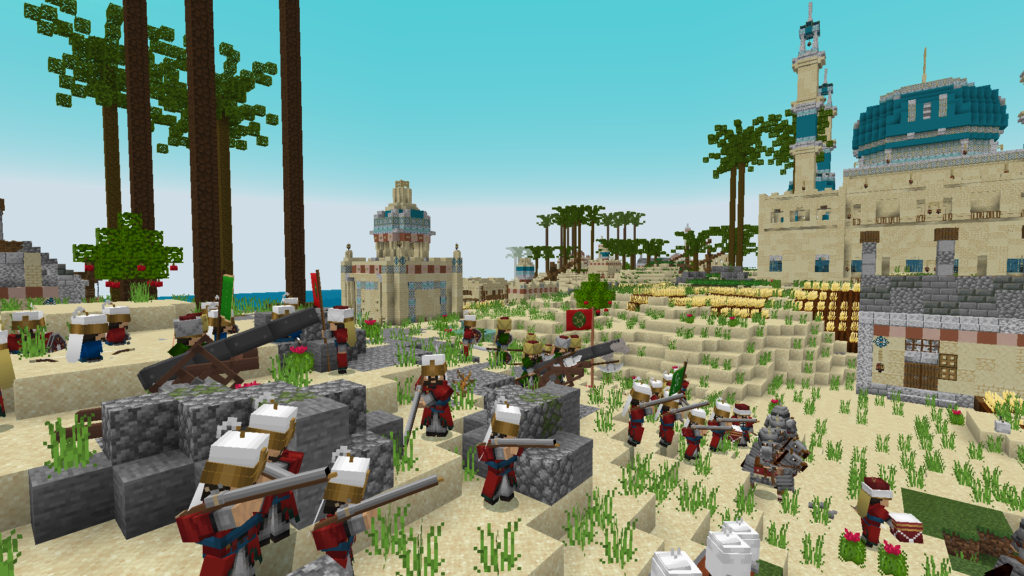
But beneath the splendor lies the tension of power. Rivals in Europe eye the empire’s wealth with envy. Nomads and rebels stir in the borderlands. Within the palace itself, the intrigue of viziers and the silence of the harem veil a dance as dangerous as any war.
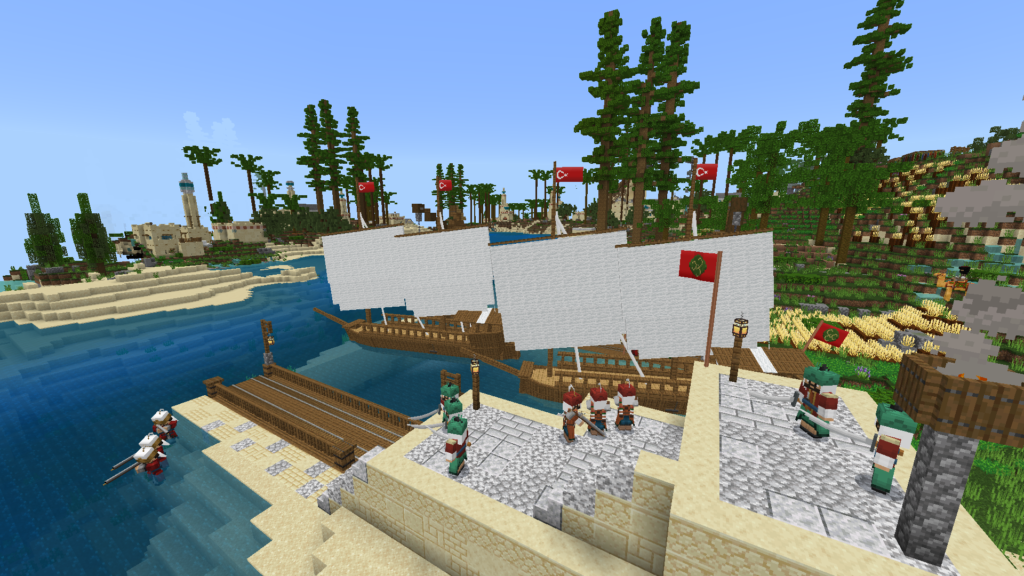
To thrive in this empire is to wield both sword and silence. For the Ottomans do not merely rule—they endure, they expand, they command the very heart of the world.
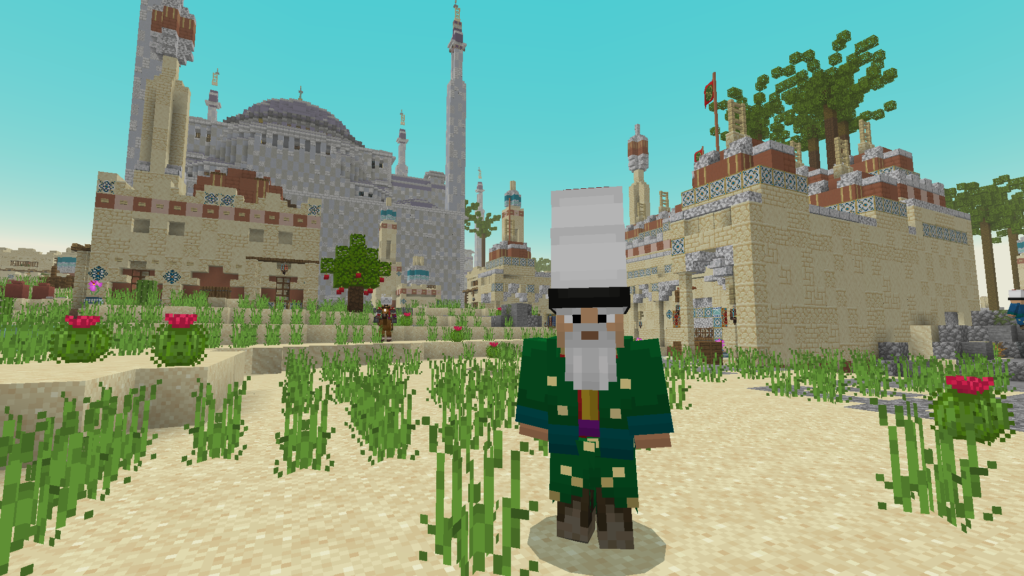
Safavid Empire (Sunflower Field)
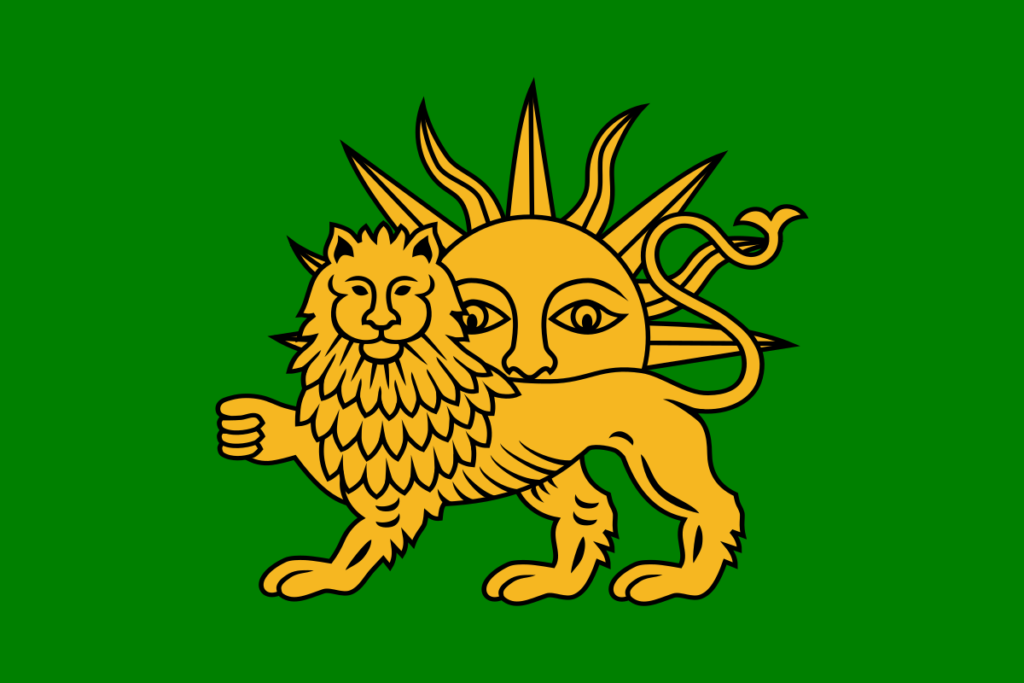
In the rugged heartlands of Persia, a dynasty of mystics and warriors has carved out a radiant empire—veiled in saffron, fire, and the banners of Shia Islam. The Safavid Empire rises with divine purpose, uniting fragmented lands under a single creed and a single Shah.
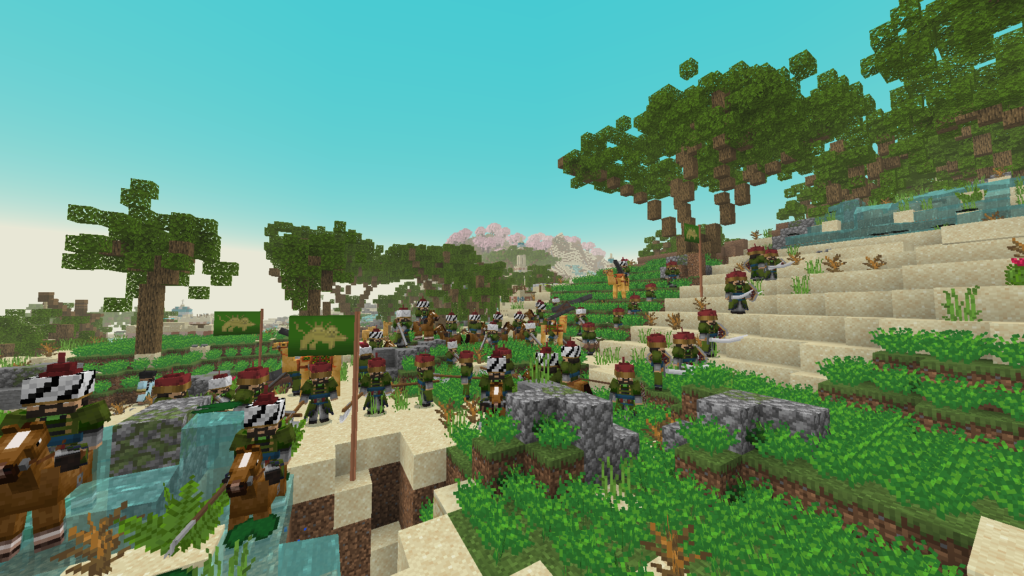
From Isfahan, city of domes and gardens, the empire glows with elegance and order. Poets, architects, and philosophers flourish under the shadow of imperial grandeur, while Persian carpets unfurl across the courts of Europe and Asia alike—tokens of a culture both ancient and newly awakened.
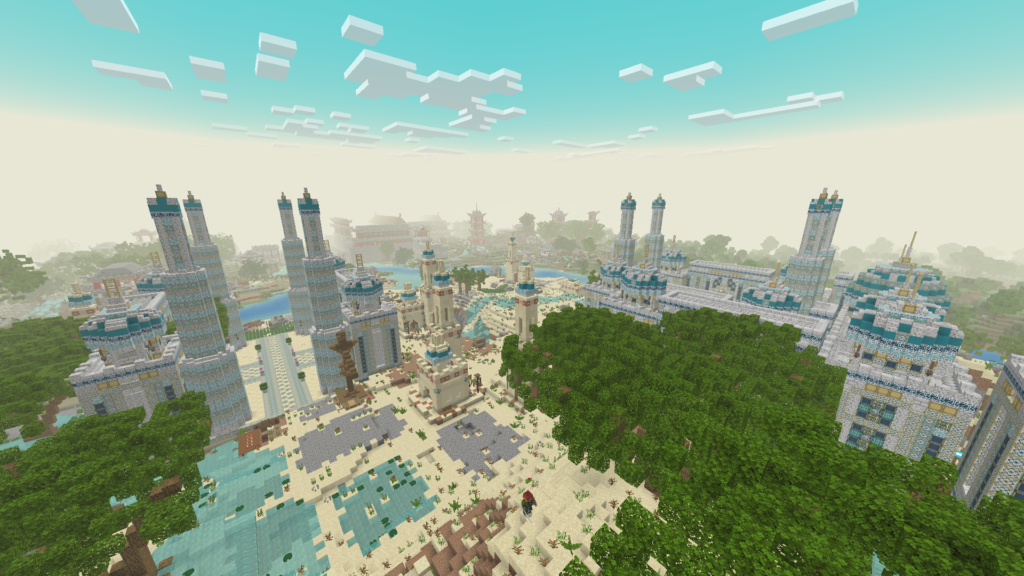
Yet the Safavids are not isolated in their ambition. Across the waters of the Persian Gulf, a rare and uneasy alliance has formed—Portuguese ships guard the southern coasts, their cannons defending against Ottoman fleets and Arabian raiders. The Safavid-Portuguese pact, forged from necessity, stands as a testament to the empire’s cunning: enemies of convenience, allies of circumstance.
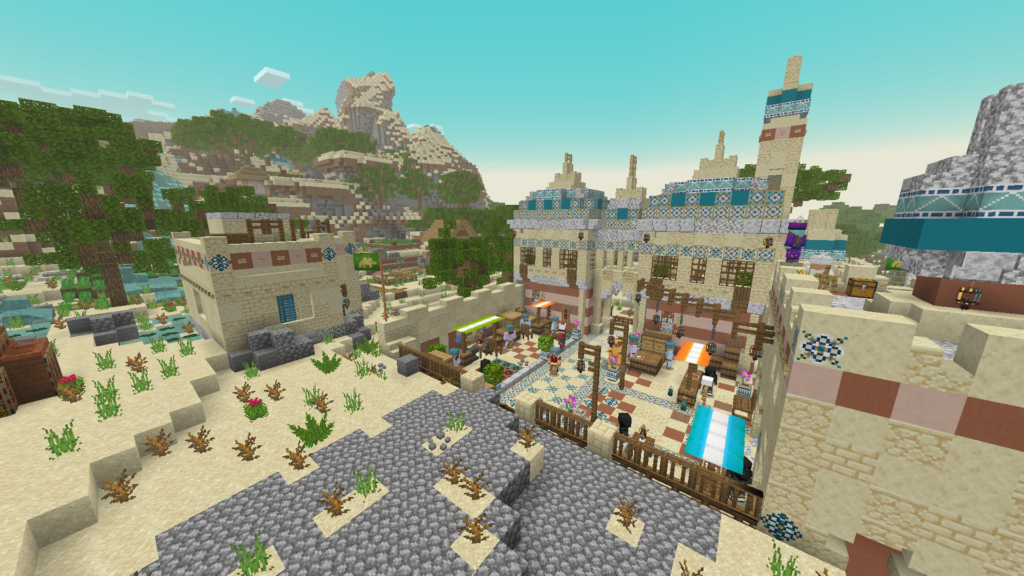
Still, danger stirs at every border. The Ottomans press from the west, the Mughals watch from the east, and within, rival tribes and religious tension test the empire’s unity.
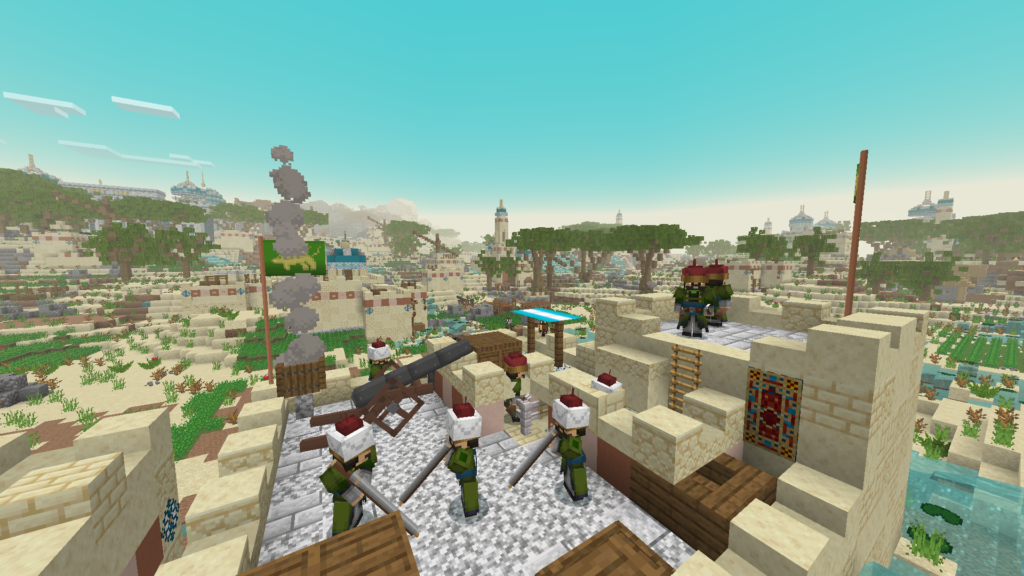
To rule in this empire is to balance blade and book, mosque and musket. Persia is no mere prize of history—it is a force reborn, unafraid to strike, unashamed to scheme, and destined to endure.
Mughal Empire (Savanna)
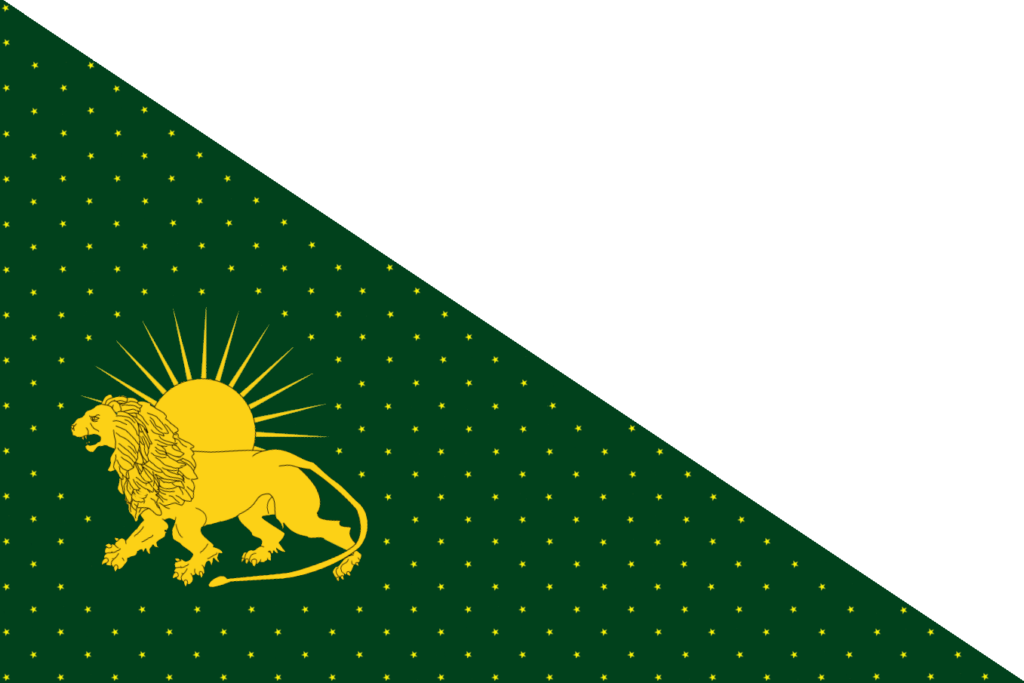
In the lush river valleys and fertile plains of the Indian subcontinent, an empire of opulence and order rises—the Mughal Empire, where Persian splendor meets Indian might. Founded by warriors from Central Asia and shaped by generations of emperors both ruthless and refined, it is a realm where marble palaces shimmer under monsoon skies and the air is thick with the scent of sandalwood, ink, and gunpowder.
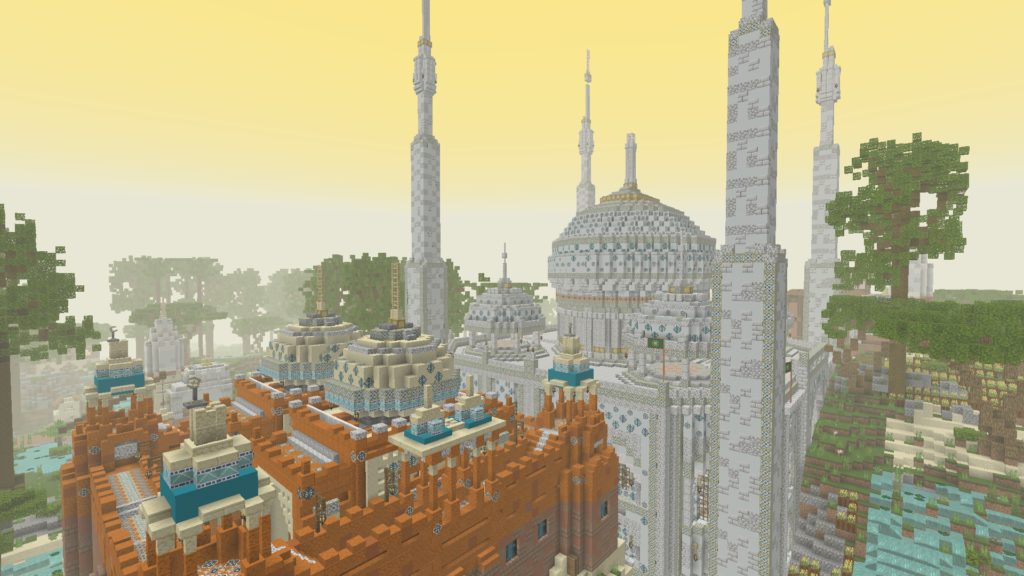
From Delhi to Agra to the jeweled court of Shah Jahan, the empire is a masterpiece of imperial vision. Architects raise tombs to rival the heavens, scholars pen histories in gold-leaf script, and a thousand cultures find place beneath the imperial standard.
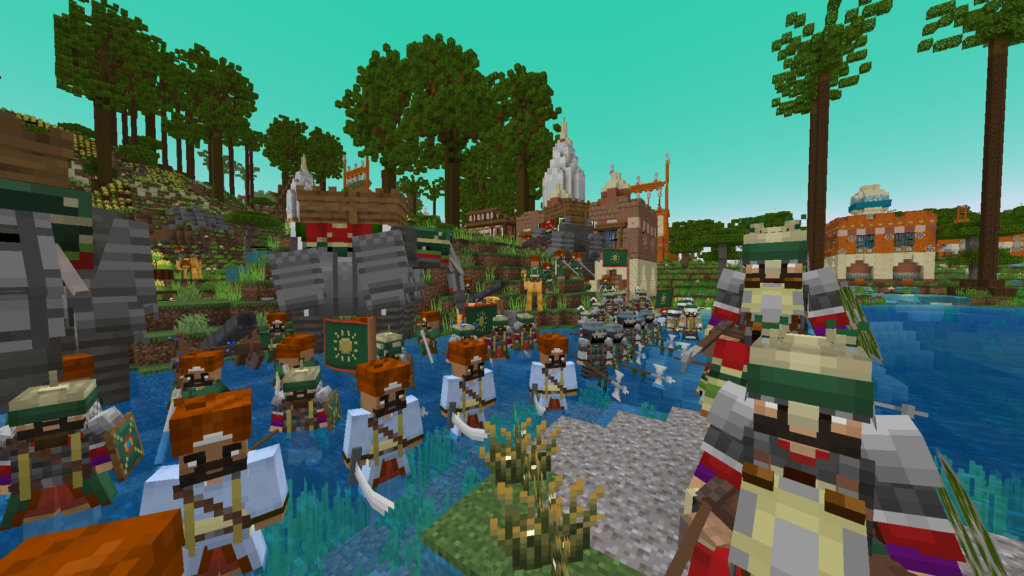
But the Mughals, for all their wealth and grandeur, are not unchallenged. To the south, the Marathas rise like wildfire—swift, defiant, and born of the hills. What began as scattered raids now threatens the empire’s grip on the Deccan, as fortresses fall and alliances shift.
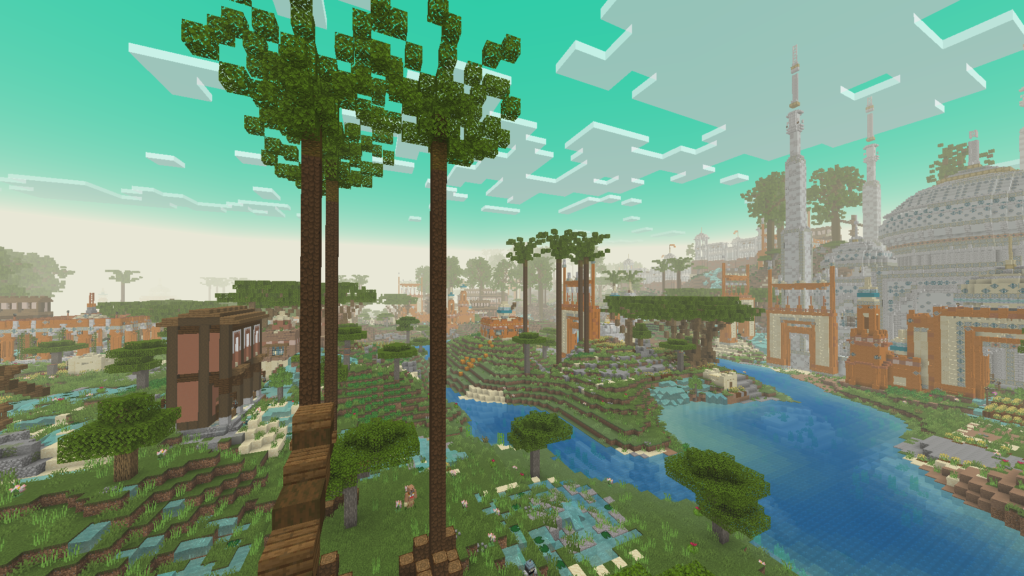
The court whispers of decline, even as emperors declare divine rule. To hold power in Hindustan is to navigate between silk and steel, decree and defiance.
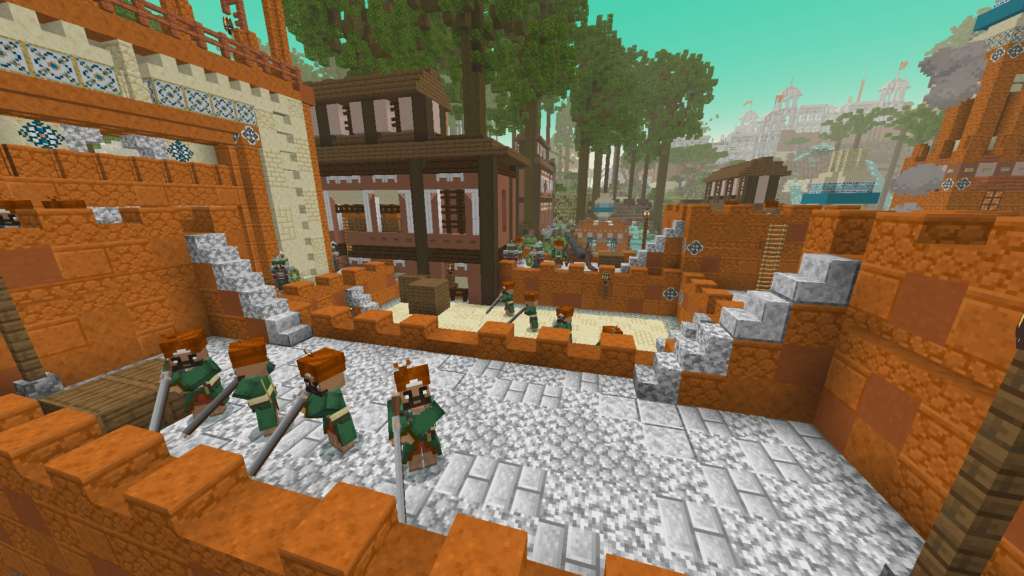
In this land of empires and insurgents, beauty and blood walk side by side. The Mughals may command a world of wonders—but only so long as they can hold it.
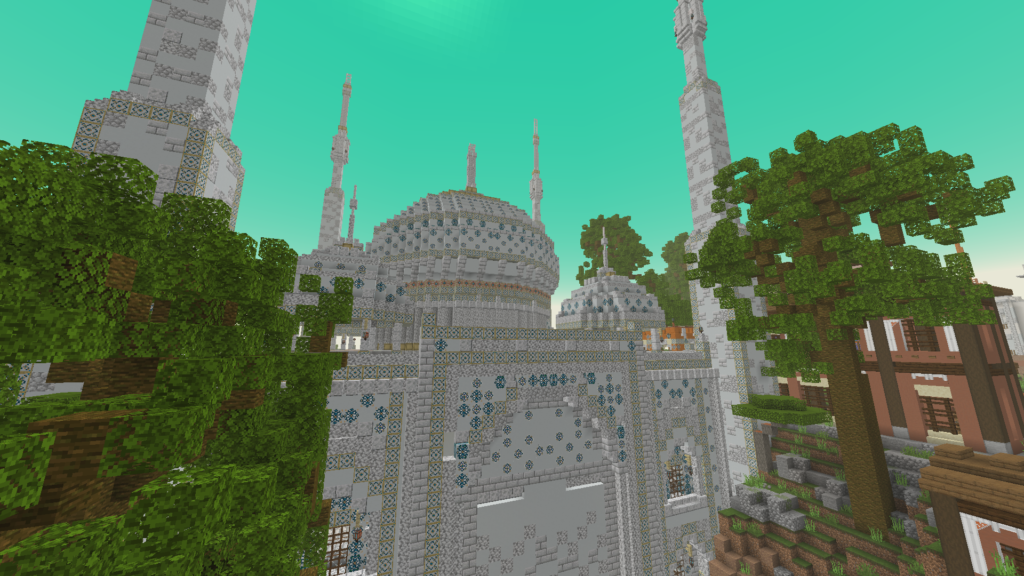
Maratha Confederacy (Bamboo Jungle)

From the rugged hills and dense forests of the Deccan, a storm gathers—not born of empire, but of resistance. The Marathas, once scattered chieftains and guerrilla bands, now rise as a force that shakes thrones and humbles emperors.

Forged in the fires of hardship and bound by a fierce devotion to swarajya—self-rule—the Marathas are warriors of speed and cunning. Their cavalry strikes like lightning, vanishing before the dust settles, while their forts cling to cliffs like stone guardians of the land. Led by the legacy of Shivaji and carried forward by bold generals and astute statesmen, they turn the chaos of collapse into a new kind of order.
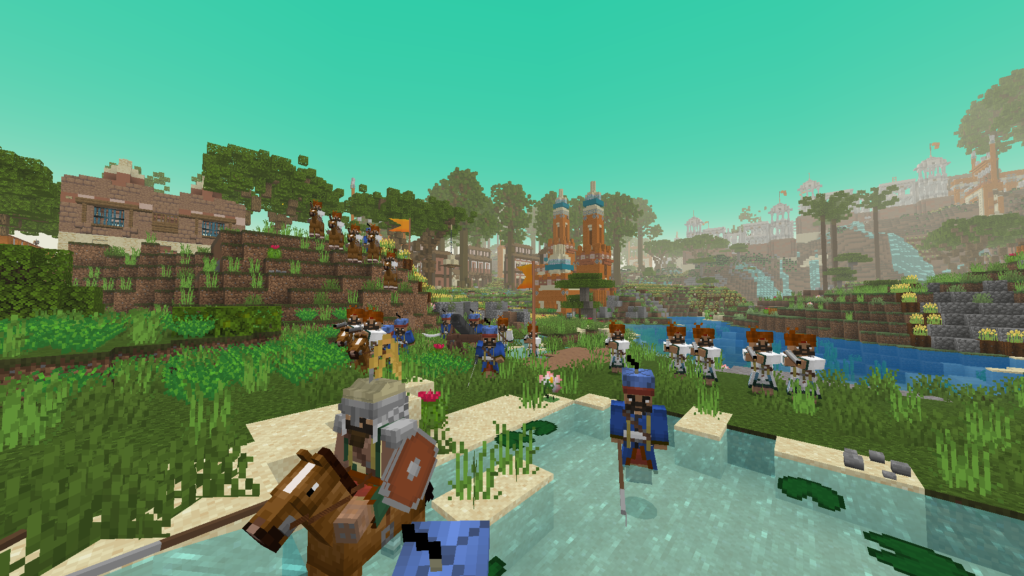
They challenge the Mughals, break their lines, sack their cities—and yet they do not stop.
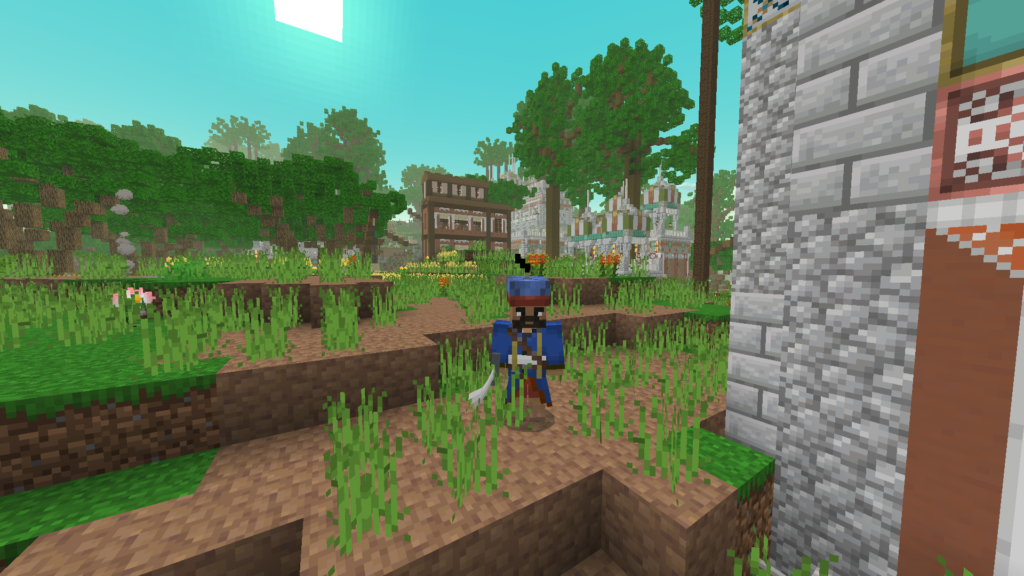
Yet unity is fleeting. The confederacy is a patchwork of ambitions—powerful families, shifting loyalties, and rival courts. To lead here is not to command, but to persuade, to endure, to outwit.
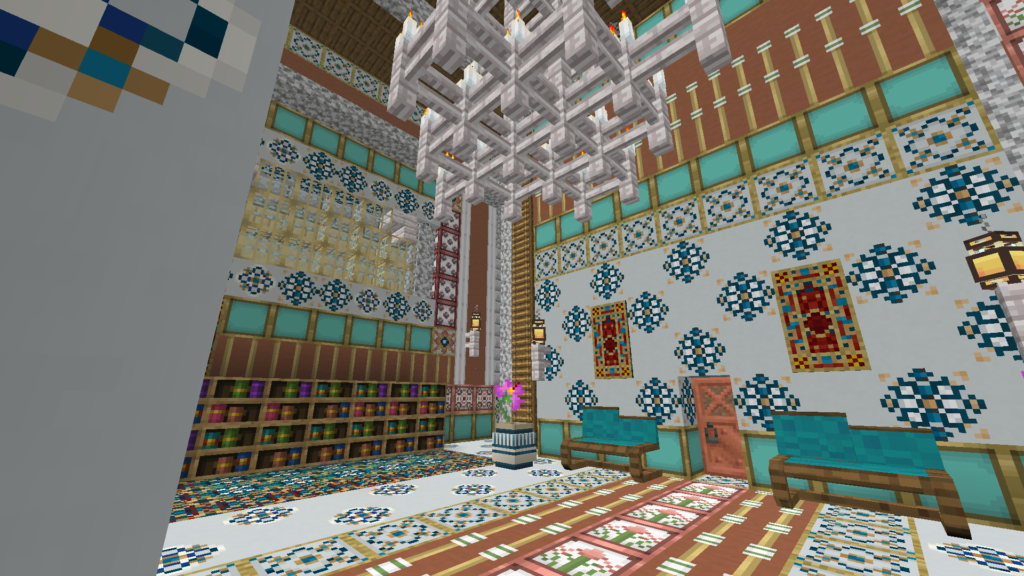
This is not an empire of marble and myth—it is an empire of grit, pride, and fire. And though the Marathas were not born on a throne, they ride toward one with unrelenting force.
Portuguese Expeditionary Forces
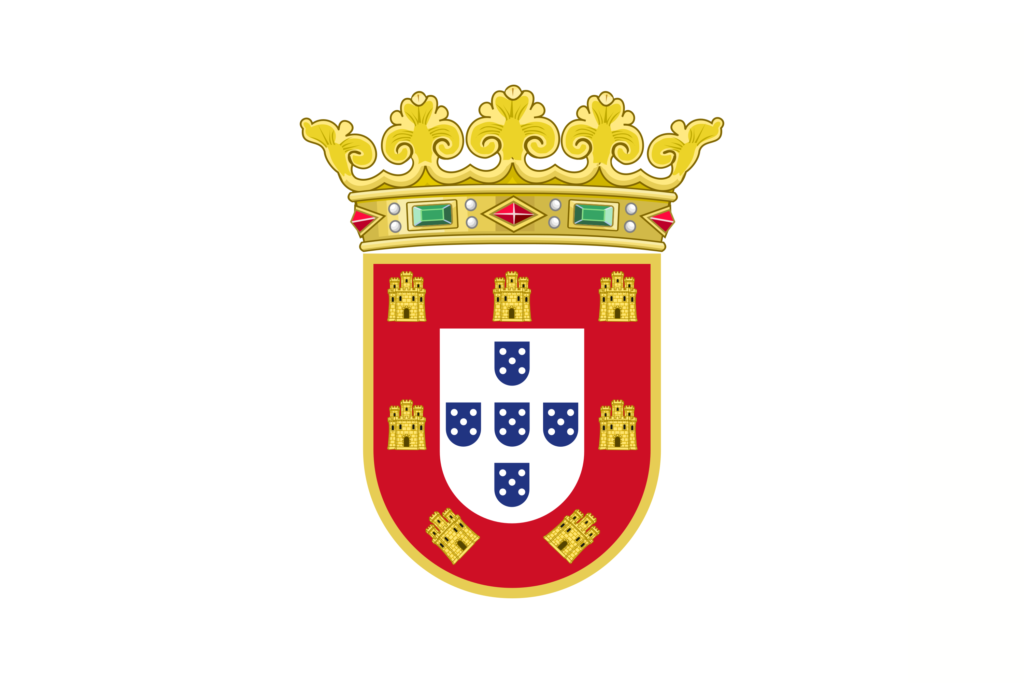
From the windswept shores of Iberia, they sail—merchants, missionaries, and musketeers bound by crown and cross. The Portuguese Expeditionary Forces are few in number but vast in ambition, carving out forts and trade posts from Africa to Asia.
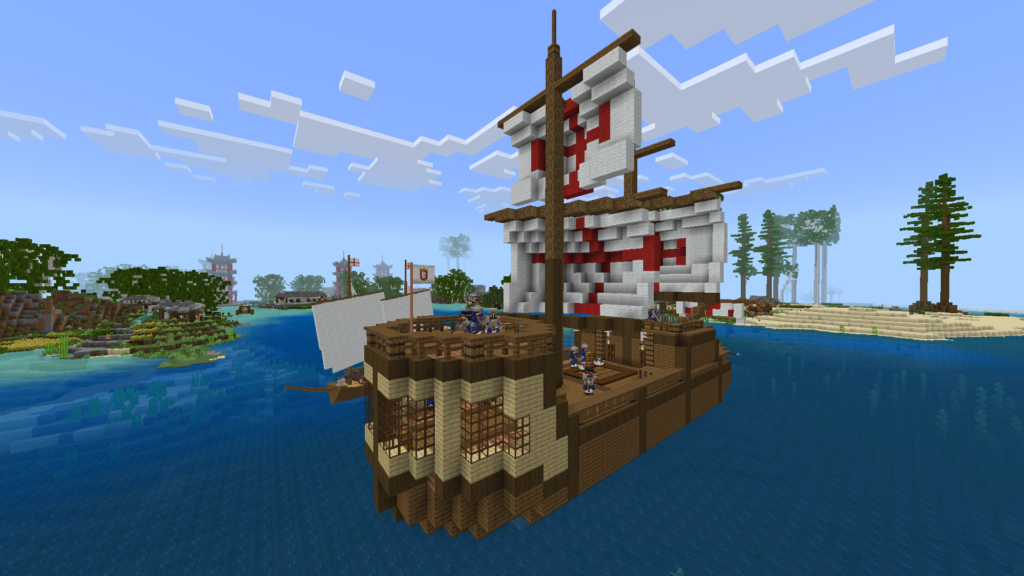
With cannon fire and cunning alliances, they seize coastlines and sway kingdoms. Jesuits preach as soldiers fortify, and caravels become the spearhead of an empire.
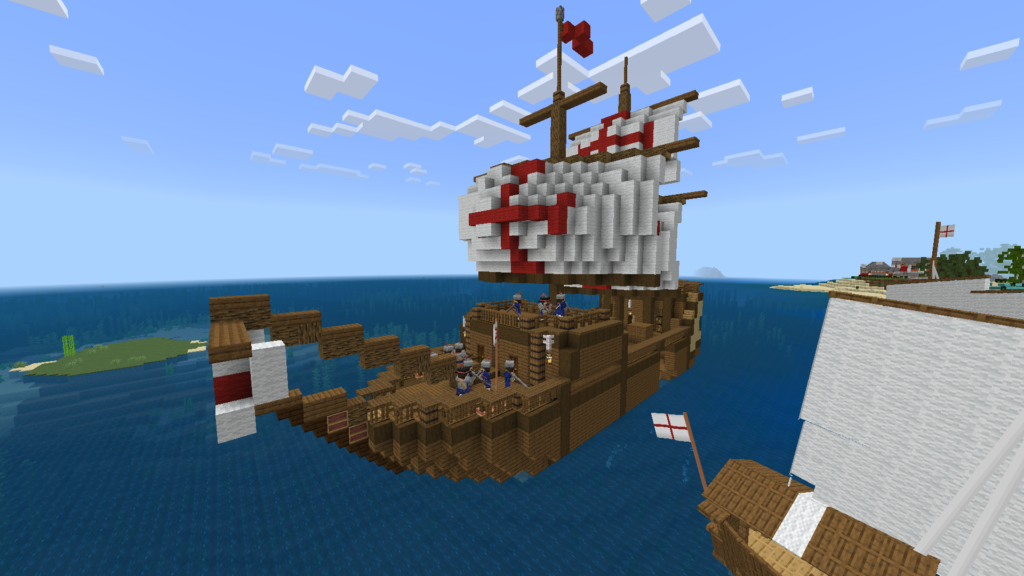
Far from home, they stand alone—bold, relentless, and unwilling to yield. Where they land, the world changes.
